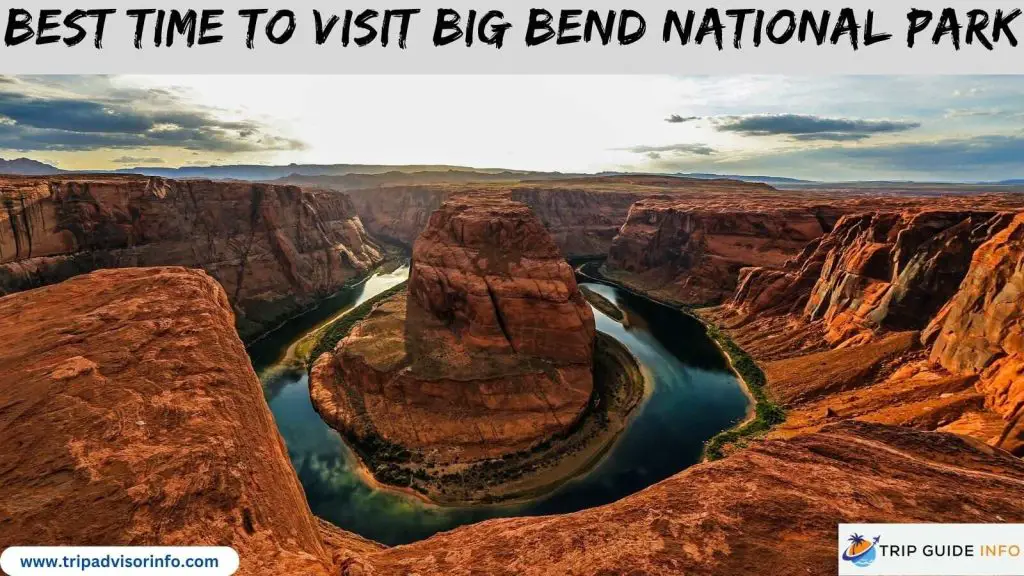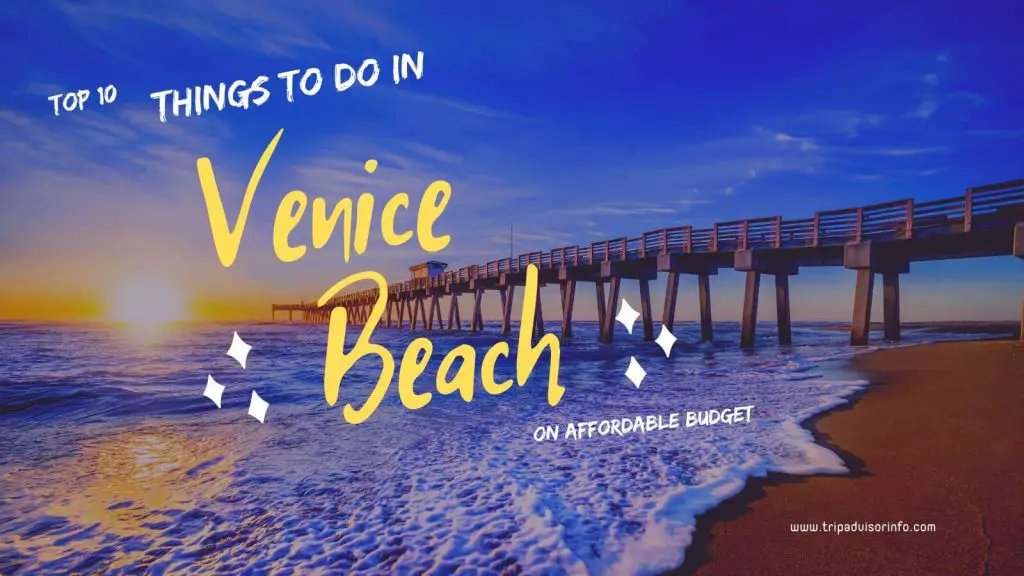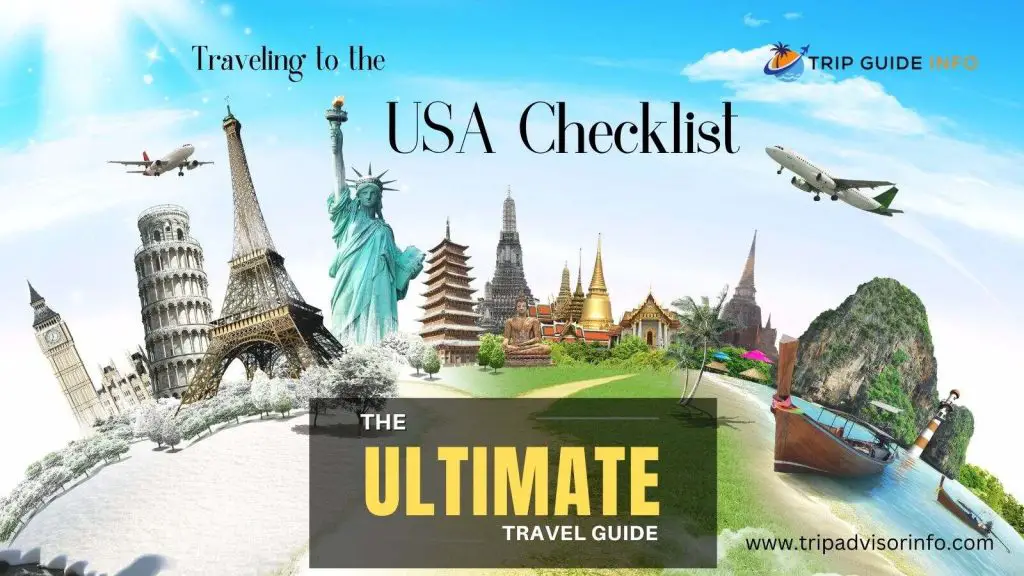Big Bend National Park is a year-round destination, with plenty of activities and things to see no matter what time of year you visit. Here, we will give a complete overview of the best time to visit Big bend national park. Let’s read together.
What is the best time to visit big bend national park?
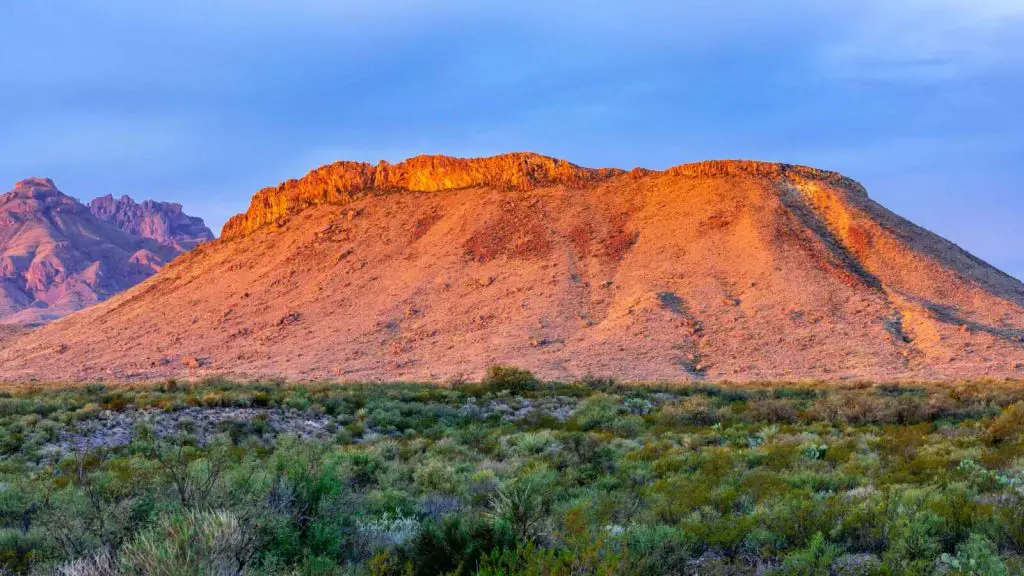
In the spring, the wildflowers bloom, and the weather is mild, making it an excellent time for hiking and biking. The park’s 715 miles of trails offer something for everyone, from easy walks to strenuous climbs.
In the summer, temperatures can get quite hot, but there’s still plenty to do. Hiking and swimming are popular activities, such as exploring many ghost towns in the area.
Fall is a beautiful time to visit Big Bend National Park, with cooler temperatures and lovely fall colors. The Chisos Mountains are a particularly scenic spot at this time of year. There’s also plenty of opportunity for hiking, camping, and wildlife watching.
Even in winter, Big Bend National Park is worth visiting. You might have to bundle up a bit, but there’s still plenty to do, including skiing, snowshoeing, and bird-watching!
How is big bend national park weather
During the summer, temperatures can soar up to 100 degrees Fahrenheit, while winter temperatures often fall below freezing. While there is plenty of sunshine year-round, this desert park is much wetter than its neighbors during the winter, thanks to an average of 14 inches of snowfall each year.
In the springtime, wildfires paint the landscape orange and pink, while thunderstorms create undulating shades of grey across open skies.
The summer months are much drier but still bring occasional flash floods that enable unique wildlife spotting opportunities as reptiles such as collared lizards bask atop floating logs.
No matter what time of year you visit Big Bend National Park, you’ll find a wealth of photo-worthy landscapes waiting for you—but don’t forget your jacket!
The unpredictable Big Bend weather ensures that there will be sunny days and windy nights no matter when you go. If you’re looking for solitude or family fun in nature, then there’s no place like Big Bend National Park – remember your umbrella!
What is about Big bend national park’s climate?
With a climate influenced by desert and mountain conditions, it’s no surprise Big Bend boasts an array of drastic weather patterns.
Temperatures can skyrocket to over 100 degrees Fahrenheit in the summer months, while severe thunderstorms often accompany winters with cold winds blowing across the plains.
The park also experiences frequent dust storms, offering a surreal experience for visitors who prepare ahead for them.
Big Bend’s diverse climate creates one-of-a-kind beauty; from dazzling sunsets over white dunes to splendid views of nearby mountain peaks speckled with snow – few places offer such unparalleled natural diversity.
With heat waves that last for weeks and howling dust storms rolling in unexpectedly at any hour, this unique corner of the country is sure to leave an impression like no other!
What is the big bend national park closest airport?
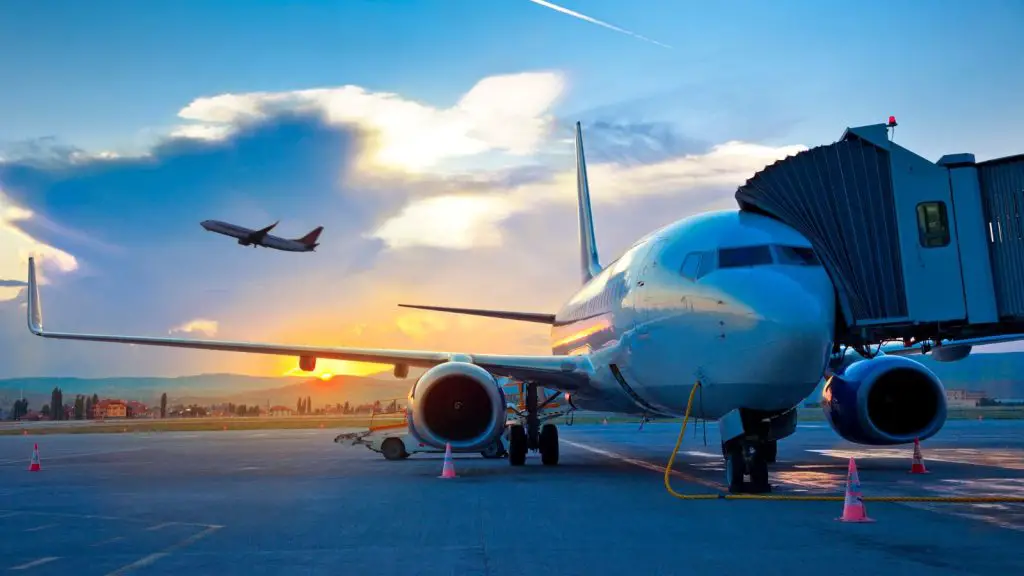
For those looking to get to Big Bend National Park, the closest major airport is El Paso International Airport. This international destination serves numerous domestic and international destinations, making it an excellent option for travelers hoping to quickly make their way to the park.
From there, you have a few options for getting to the park. You can rent a car and take a straightforward drive from El Paso for about four hours, frequently stopping at roadside attractions.
How to enjoy big bend national park kayaking?
There are few better ways to explore Big Bend National Park than kayaking. Not only is it an excellent way to take in the various landscapes the park offers, but it can also provide a peaceful opportunity to connect with nature.
Fortunately, plenty of kayaking options are available to fit any skill level, whether you’re looking for a leisurely paddle on a mild day or an adventure exploring new waters. Beginners may start by borrowing or renting a kayak and get familiar with its basics.
If you’re feeling more adventurous, however, you might opt for guided tours and multi-day rental packages to truly experience all that Big Bend National Park offers.
What is the best big bend national park restaurant?
One place often regarded as among the best Big Bend National Park restaurants is Chisos Mining Co. Located just outside the park, this restaurant offers homemade dishes using time-honored family recipes passed down through generations.
You can savor delicacies such as enchiladas with jalapeno-cilantro cream sauce or beef tacos with chile ancho sauce while being surrounded by a beautiful atmosphere provided by the Chisos Mountains.
Besides enjoying exciting outdoor activities like camping, hiking, and climbing, visitors to the park can also look forward to delicious meals from one of the many restaurants in the area.
What is about big bend national park wildlife?
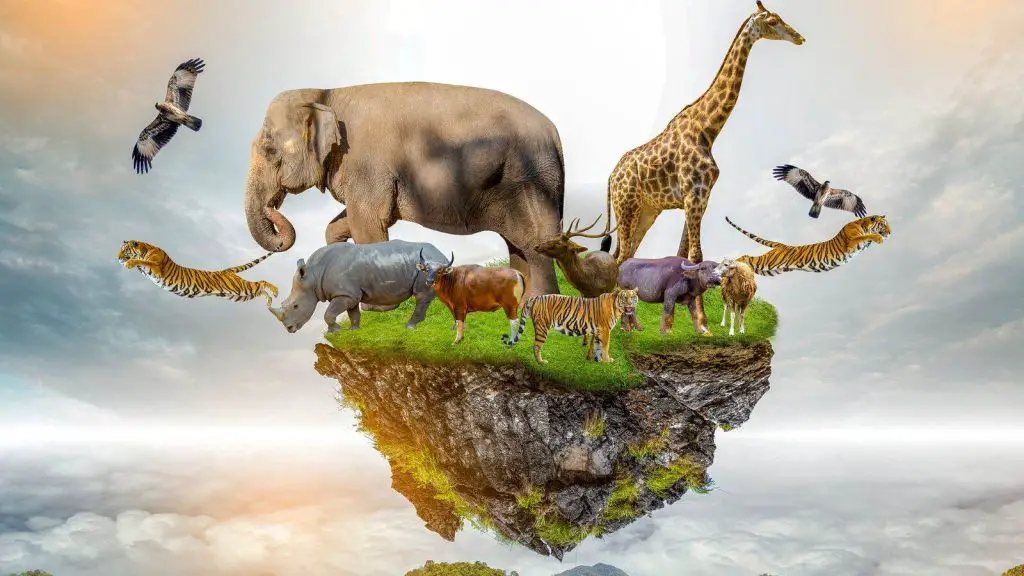
Big Bend National Park is home to a wide variety of fascinating and unique wildlife. The park’s diverse environment is teeming with life, from the iconic javelina to the majestic golden eagle.
Big Bend’s most common large mammals are deer, coyotes, raccoons, skunks, bobcats, and javelinas. These animals can be spotted in almost every park area, from high mountain meadows to desert floor river beds.
Smaller yet equally impressive creatures include mule deer, roadrunners, bighorn sheep, an array of butterflies and birds, many kinds of reptiles like rattlesnakes, lizards, and horned toads, plus many species of fish that dwell in its rivers.
What is the distance from Dallas to big bend national park?
For those living in Dallas and hoping to visit Big Bend National Park, you’re looking at a distance of about 430 miles (about 680 km). It makes it roughly an eight-hour drive from the city.
Fortunately, along the way, there are some excellent stops worth making to break up the trip, including Austin and San Antonio, where travelers can check out live music venues, hundreds of restaurants and bars or participate in various outdoor activities.
How far is big bend national park from Houston?
The distance from Houston to Big Bend National Park can vary depending on the route taken. Generally, it takes about nine hours if you drive straight through Interstate 10 and US 67.
That said, for those wanting a more scenic experience, it can take up to 13 hours if you drive down Texas Highway 118 along the Rio Grande.
Along this route, you could stop en-route at picturesque border towns like Del Rio and Paisano—where roads are lined with west Texas scenery such as limestone hills, tall cacti, and winding rivers.
If you decide to take Highway 118 rather than the interstate, plan your trip accordingly, as it is much less developed and has fewer services available.
How much distance is between san Antonio to big bend national park?
If you are looking to plan a journey from San Antonio, Texas, to Big Bend National Park, then you are in for an adventurous drive! The entire route will take around eight and a half hours, depending on the stops made along the way.
The total distance from San Antonio to Big Bend National Park is 586 miles (944 kilometers). While the most extended portion of the journey will be traveling through open terrain, there is no shortage of exciting sites and activities.
Starting at San Antonio, it is possible to stop at historical sites like the Alamo or enjoy shopping in downtown Austin before continuing north across Kerrville, Sonora, and Van Horn, all before arriving in Big Bend National Park.
What are the towns near big bend national park?
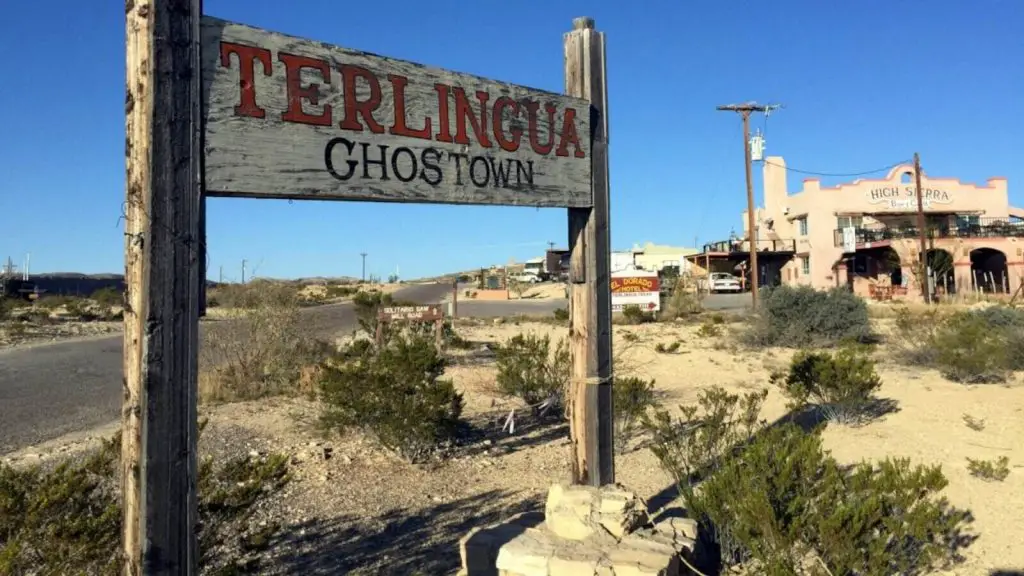
Big Bend National Park is surrounded by several charming towns that give visitors great places to stay and explore during their trip.
Near the park, there are three main towns: Marathon, Terlingua, and Study Butte-Terlingua. Marathon offers visitors a more classic small-town experience with friendly locals and classic.
If you’re looking to stay near Big Bend National Park in Texas, several nearby towns provide access to all the park offers. Read our other best-ranked post – Small Towns Near Big Bend National Park – Cool Things to Do There.
How to prepare for big bend national park?
Visiting Big Bend National Park is an incredible way to get close to nature and reconnect with the outdoors. However, it can be overwhelming to figure out what to pack and plan ahead of time.
To make your visit as enjoyable and comfortable as possible, there are a few essential items you should always include in your preparation. Before heading out, start by familiarizing yourself with the park’s terrain—including current weather conditions, roads, and available camping zones.
Weather-wise, the desert climate of Big Bend means that temperatures can drastically change between day and night, so plan for suitable clothing for all sorts of weather situations.
- A map of the park
- A sunscreen with a high SPF (best seller at amazon)
- A hat or visor (stylish look at a discount deal on amazon)
- Sunglasses
- Comfortable walking shoes
- Lightweight, breathable clothing
- A light jacket or sweater
- Insect repellent
- A first-aid kit
- Water and snacks bag
- A camera
- Binoculars
- A flashlight or headlamp
- A whistle
- Hiking poles

